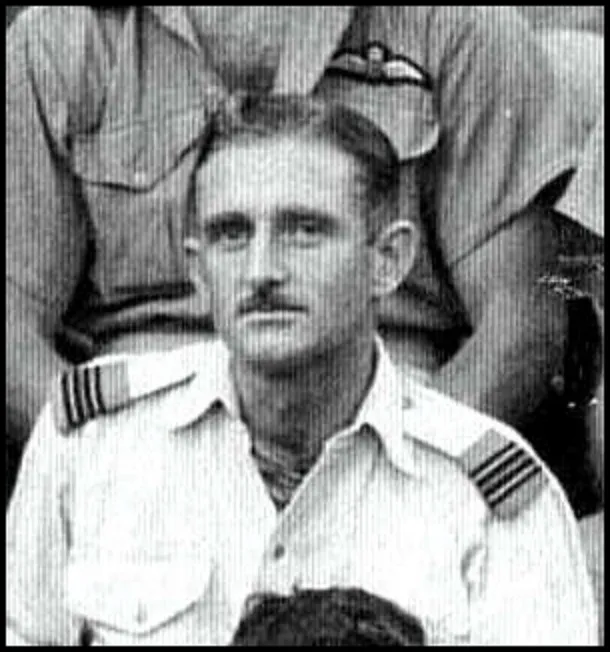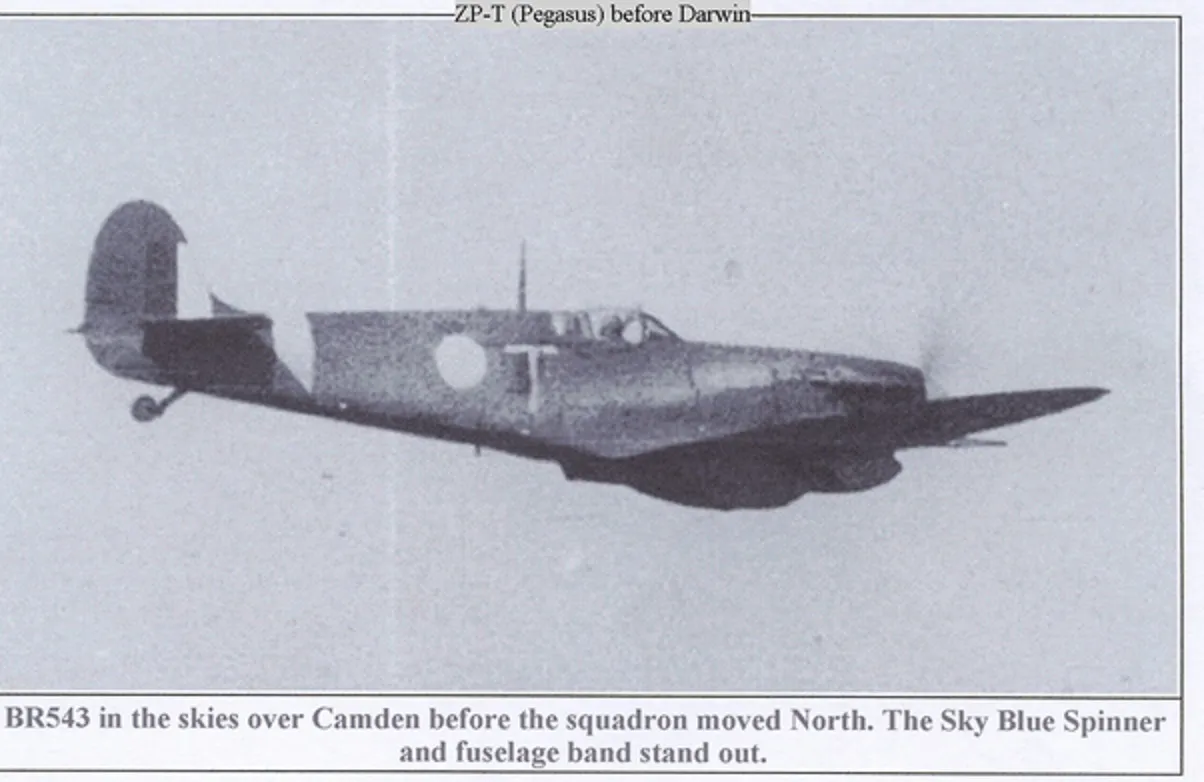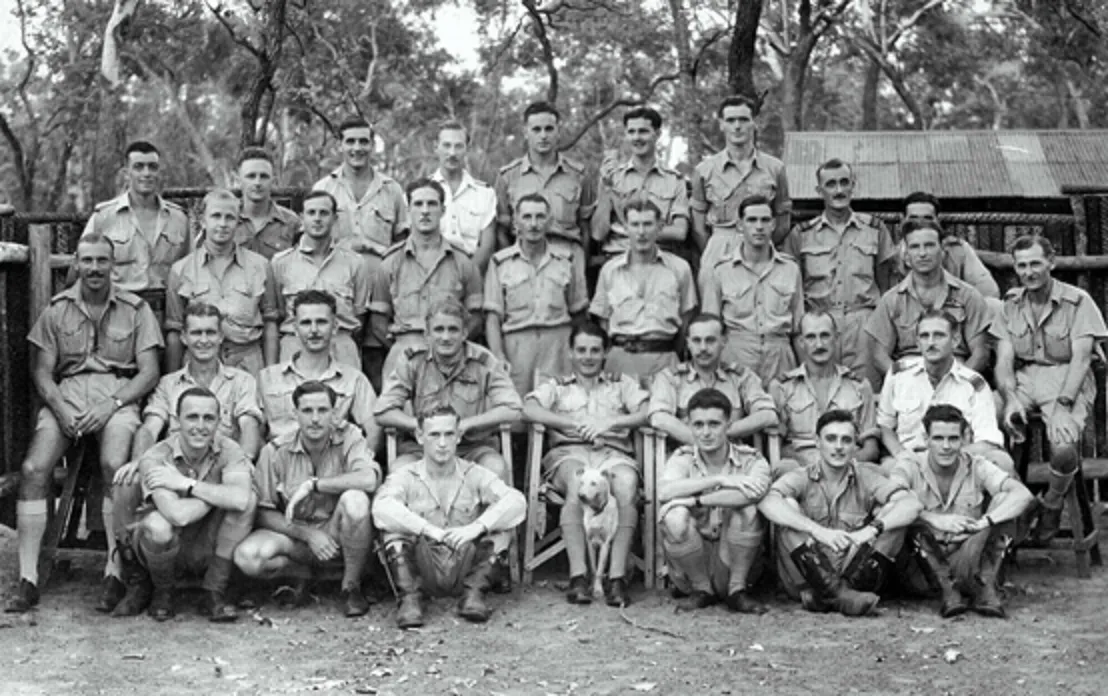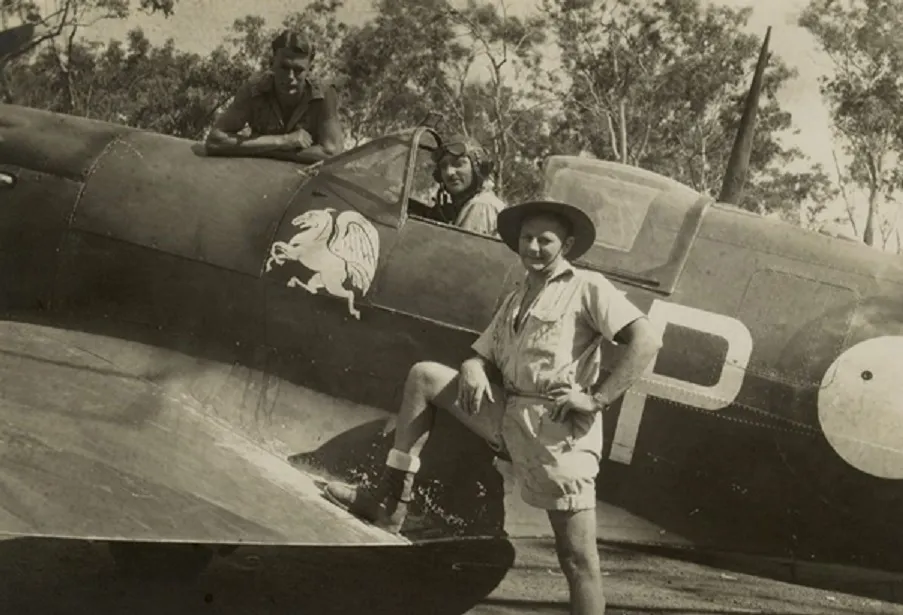FLTLT John Sefton Newton 400730



| Squadron/s | 457 SQN |
| Rank On Discharge/Death | Flight Lieutenant (FLTLT) |
| Nickname | Snapper |
| Date of Birth | 14 Aug 1913 |
| Date of Enlistment | 13 Oct 1940 |
| Contributing Author/s | Bruce Read and David Hamilton Updated by Vince Conant August 2013 The Spitfire Association |
John (known as Snapper to his mates) was born on 14th August 1913 at Naitmuk, Vic. He became a jackeroo and impressed all in the UK with his whip cracking displays.
He enlisted on 13th October 1940 and after training joined "B" Flight, 457 squadron RAAF. His ground crew nicknamed him "Nervous", though his fellow pilots called him "Snapper". (Editors note, I suspect he would wish to ignore "Nervous").
On return to Australia he married a reporter who worked for a Sydney newspaper. After his tour in the Darwin area he was posted to RAAF Parkes as an instructor.
One shared confirmed victory, No 457 Squadron, Darwin, 1943.
He was discharged on 2nd April 1941 from the Air and Ground Radio School. He later managed an earthmoving business and was well known throughout western NSW.
Extract from Darwin Spitfires:
Meanwhile, 457's Blue Section were vectored northward: Rex Watson and Bill Gregory were ordered to climb to 3000 feet to orbit over Cape Gambier, while Snapper Newton and Rod Jenkins were to make 32000 feet over Cape Fourcroy- respectively over the south-east and south-west corners of Bathurst Island. The controller had positioned them there to cut off two of the usual Japanese withdrawal routes, but both caught the same enemy machine. Newton could not coax his engine to go above 30000 feet, so he told Jenkins to go ahead without him. Gregory saw the enemy first, at 31000 feet just to the south of him, heading outbound. He and Rex Jackson closed slowly in from the side, flying at 190 knots IAS (307, TAS) on a course that was almost parallel with that of the enemy machine. Watson in contrast to Newton, found that his aircraft was performing well, for he kept up with the Japanese machine even with his drop tank on. Once he got ahead of it, he turned in for a beam attack, but the Ki.46 was going so fast that he quickly found himself having to reverse his turn and roll in behind it. From there he fired deliberately three times, repositioning himself before each burst. Despite the failure of one of his canons, he saw hits: puffs of smoke came from its port engine and there were strikes all over its fuselage and rear glasshouse. Watson then pulled out to one side to let his No. 2 attack, and from this broader viewing angle he could see that he had 'riddled' the enemy machine with his gunfire. Although his own wingman Bill Gregory could not catch up, Rod Jenkins had meanwhile seen the Ki.46 go past, and joined the pursuit. He now came in from directly astern with a good overtaking speed and kept firing right in to 50 metres, when the enemy machine suddenly blew up right in front of him, spraying oil all over his windscreen. The flaming aircraft disintegrated, its broken wreckage plunging away vertically to crash onto Bathurst Island, 16 kilometres north-west of the RC Mission. This confirmed kill was shared between Jenkins and Rex Watson. Jack Newton, held back by his poorly performing engine, had to content himself with firing from extreme range and watching the others get the kill. It was turning out to be an awful day for the 70th Reconnaissance Squadron. [Darwin Spitfires by Anthony Cooper–Available from the Internet]



